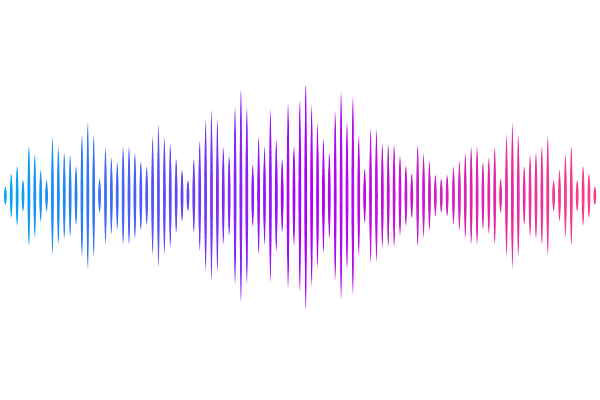Toward Granular Brain Intrinsic Connectivity Networks and Insights into Schizophrenia

Toward Granular Brain Intrinsic Connectivity Networks and Insights into Schizophrenia
Mirzaeian, S.; Jensen, K. M.; Ballem, R.; Andres Camazon, P.; Chen, J.; Calhoun, V.; Iraji, A.
AbstractSpatial group independent component analysis (sgr-ICA) has become a crucial method to understand brain function in functional magnetic resonance imaging (fMRI) research, especially in resting-state fMRI (rsfMRI) studies. Early studies identified large-scale brain networks using sgr-ICA with lower order (e.g., 20 - 45 components); however, more recent studies have employed higher model orders (e.g., 200 components) to reveal more refined intrinsic connectivity networks (ICNs), offering a more detailed representation of functional brain architecture. This increased granularity has encouraged researchers to explore even higher model orders to better capture the brain's function. Although previous studies explored higher model orders, small datasets often limited them. In this study, we addressed this gap by assessing an sgr-ICA model with 500 components using a large rsfMRI dataset of over 100,000 subjects. This extensive data set allowed us to provide a robust estimation of fine-grained ICNs. We further assessed diagnostic effects and cognitive performance using whole-brain functional network connectivity (FNC) of 502 individuals with schizophrenia and 640 typical controls from these ICNs. We also compared the results with ICNs obtained using a lower-order, multi-spatial-scale template. Results demonstrate that our approach yields a large set of reliable and fine grained ICNs, enhancing characterization of schizophrenia related dysconnectivity patterns. Specifically, we observed a relatively large number of ICNs within the cerebellar and paralimbic area. We detected significant hypoconnectivity between the cerebellar and subcortical domains, including the basal ganglia and thalamic regions. We also found hyperconnectivity between the cerebellar domain and the visual, sensorimotor, and higher cognitive domains, as well as between the sensorimotor and subcortical domains. Our finding revealed that granular ICNs can detect significant FNC differences between cohorts which are missed in larger scale ICNs. This work highlights the capability of higher model order ICA to capture distinct, fine-grained ICNs, enriching our understanding of FNC and serving as a valuable addition to current multiscale ICN templates. The ICNs derived from this study may serve as valuable references for future research, with the potential to improve the clinical utility of rsfMRI and advance the study of psychiatric disorders.